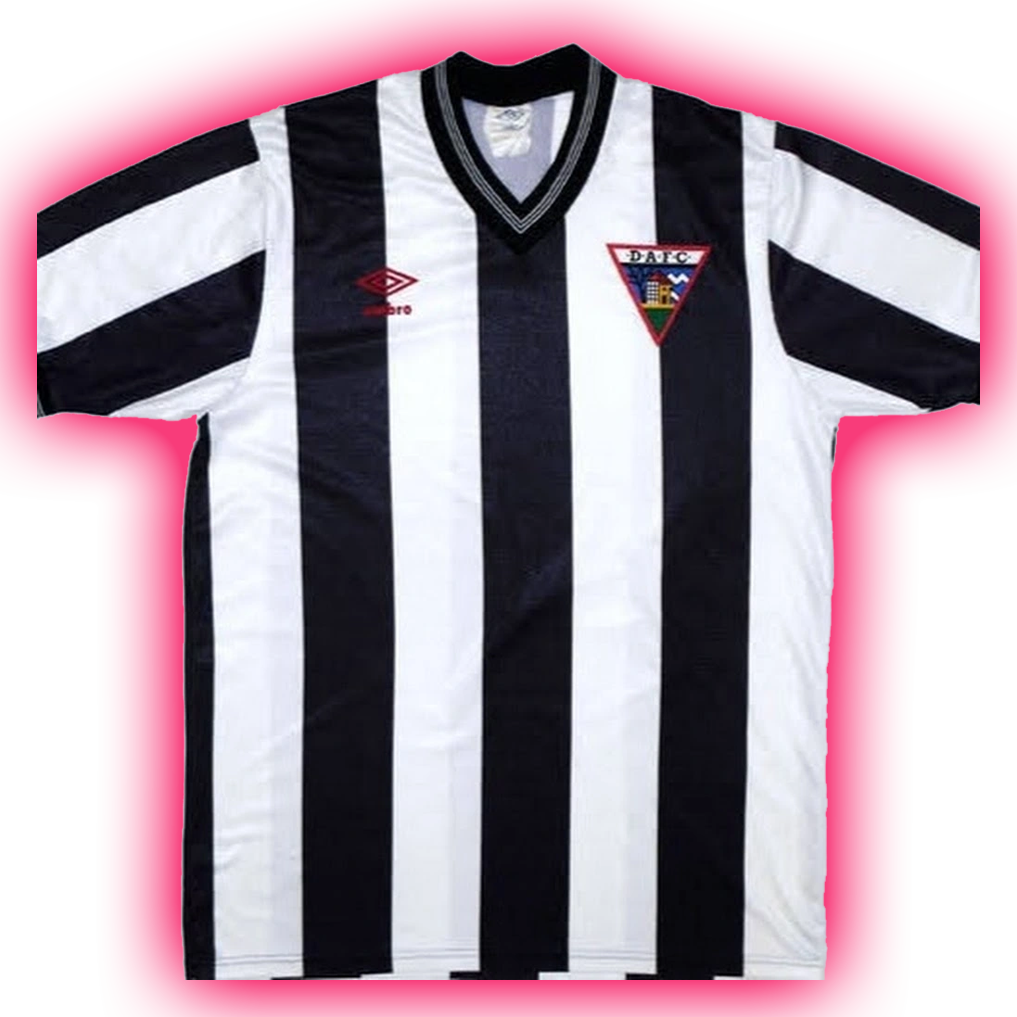You wouldn’t start off an e-mail with “My Dear X”, or “Dearest X”, since that would be too personal for a professional email, so “To X” being more impersonal seems like it would make the letter more professional-sounding, compared to “Dear X”.
So it’s not cool to start with: “Sup, fuckface?”
It’s fine for writing the President or your grandmother, but I’d avoid it for anything business-related.
Or at least, for introductions.
Probably fine once dialogue is established.
I don’t like Dear, in an email.
I always start with Good morning or Good afternoon for work emails. Sounds more like a real conversation and not some poncy hand written letter from the civil war.
I always start with any of these:
- Hi, [line break before continuing]
- Hello, [line break before continuing]
- Hi [name of the recipient and then line break]
- Hello [name of the recipient and then line break]
I sometimes end up with something like “I hope you have a nice day”.
At every single company I’ve worked for this has been the accepted form of opening an email. There are hardly any circumstances you should be using “Dear (insert name here),” in a work email.
I do this but after the name of the recipient I drop a semicolon
I’ve thought this is an awkward and weird custom for as long as I can remember. I’m guessing it’s just a stubborn holdover from back when manners and formality were considered paramount. Something about letter writing brings that sentiment out in folks. But it feels very strange here in 2024, where informality and rudeness are the norm.
I speculate that it’s maybe serving two purposes. It’s a lazy convention that helps to “get the pen moving”. And it’s an acknowledgement that the person receiving the letter is probably dear to someone, even if they aren’t dear to the letter writer.
We’ve all seen those funny/awkward complaint letters that start angrily with “Dear sir or madam”. It reads as sarcastic-- and at the same time–old-fashioned and goofy.
I open a lot of emails with “Howdy!” because it’s generally pretty disarming and sets a very casual tone.
I don’t think I’ve ever used Dear to start an email; always Hi for as long as I remember.
I don’t like To, it always seems like a command rather than a greeting. I write it on cards and stuff but it always leaves a niggling feeling of wrongness.
I’m a “hello” guy as well, and if it is to an unfamiliar recipient, the hello gets an exclamation point.
“Dear” to someone you aren’t familiar with has a slightly different purpose I think, it communicates that you’re seeking the recipient’s mutual participation in a social group by engaging with your communication. You acknowledge their position of being ‘dear’ to general society to positively reinforce their participation in it, specifically with regard to your letter.
These days it’s fairly trivial to contact pretty much anyone about any matter. Being more connected we are continuously engaged, so it sounds funny/out of place to use in an everyday context. You could use it sarcastically to imply that the recipient is careless or doesn’t like you (they need encouragement to engage in communication generally/personally with you).
But it would still be appropriate in a context where the recipient is hard to contact, like a public or official person with whom communication is sought after
Because you’re doing it wrong?
For business correspondence,
It’s all right-aligned:
[your name]
[your position]
[your company]
[company address, and successive lines have other contact details]
[empty line or two]
[their details, if you know them. “To whom it may concern” if you don’t.]
[empty lines again]. [the message. Be concise but informative. Even a little terse.]
[some empty lines.]
[parting instructions like “please call if you have questions]
[post salutation]
[signature]The post salutation is something bland and generic like “Thank you”, or “with regards” or “kindly,” anything more assumes a relationship that’s not there.
For emails, your contact info usually goes below the signature, and frequently you omit their contact details. You can omit more and get more terse the better you know someone in emails.
The letters used to be laid out like that because usually there would be a mail clerk or assistant that would open them and read them first, in a large company; and that way if the envelope gets lost you don’t have to wonder who it’s for. Emails… well… you already sent it directly there.
Just as long as you’re not missing anything important. Trust me, as long as you’re both complete and concise, they’ll thank you.
For me, the first 4 lines go on the bottom, with the signature.
One of my managers cold-starts his emails with Name,. That’s a little too dry for my style, but obviously Dear is far too mushy. I stick with Hi, Hello, Hey, or Greetings, depending on the context.
Well, emails are less formal, so that’s fine.
Keep in mind…. Things like eviction notices…. Being nice comes off… creepy. “Hello! Get the fuck out! Sincerely,” just… ya know?
Most of my emails people don’t actually read. They just open the attachments and get to what they need right off.
Also… this guide is like… 30+yo typist etiquette. Emails were barely a thing back then.
So you’re saying “Howdy-doodly-doo” is too much?
No wonder I never got that job.
Yeah, I see a fair amount of “{name},” which I think is as good a combination of formal and direct we can offer in email form. I prefer “Hi {name},” most of the time.
I’m in sales and do quite a bit of cold outreach. In those situations I like “good morning {name}” when it’s morning because it helps indicate a real person is sending the message vs some mass automated email where that greeting would be wrong half the time. I don’t think “good afternoon” has the same value because it sounds too formal.
Left aligned.
I know, right? Embarrassing.
My emails start off with “Greetings” if I don’t know the person. I hate when I get an “important” email and I have to go searching for the point because it’s buried under 3 layers of “I hope this finds you well” and 6 layers of unnecessary filler about why something needs done. Point first, explanation later.
I don’t work in an office, so take my anecdotes at face value knowing that.
I’ve never started an email about specific things with greetings, no small talk.
If I’ve spoken to the person I’m emailing before, it’s straight to the point. I see no reason to add fluff. And I’m certainly not going to put that shit in there to fluff their ego.
My last email about a visit to a warehouse went along the lines of “I sent this email to (regional manager) already but since apparently he hasn’t checked his email in 27 hours, I’ll make sure to cc you in all future ones. Here’s what’s up. I’m leaving for the day.”
Honestly you could argue it’s “unprofessional” but I’ve never recieved a complaint, in fact the only thing I’ve ever heard is “god I wish everyone would just stop beating around the bush” which is as close to an endorsement as I can imagine without explicitly saying “more like this please”
I rambled a small amount but yeah. I don’t get why emails to people have to be so formal unless it’s literally the first time you’re sending one.
After the first one, just get to the point.
Removed by mod
I’m not sure of the reasons, I suspect it descends from older customs of writing “dearest” and the like among the upper classes in the 1800s… Those letters are always very flowery. Anyway, pure conjecture.
What I wanted to say is that I have seen a slip from “dear” to “hi” as the common email greeting in semi-formal spaces. I only ever see “dear” used for the very first email to a new contact, and even then relatively rarely.
I wonder if my colleagues have picked up on the fact that when I start an email “Dear-” rather than “Hi-”, it means I’m annoyed with them
using Dear is more likely to get you sent to spam nowadays, as spam bots use it more than real people
Email already has a To: field. There’s no point in writing it in the body.
A professional email would be the same as an informal one. Start with “Hello!” or “Good morning!”.






